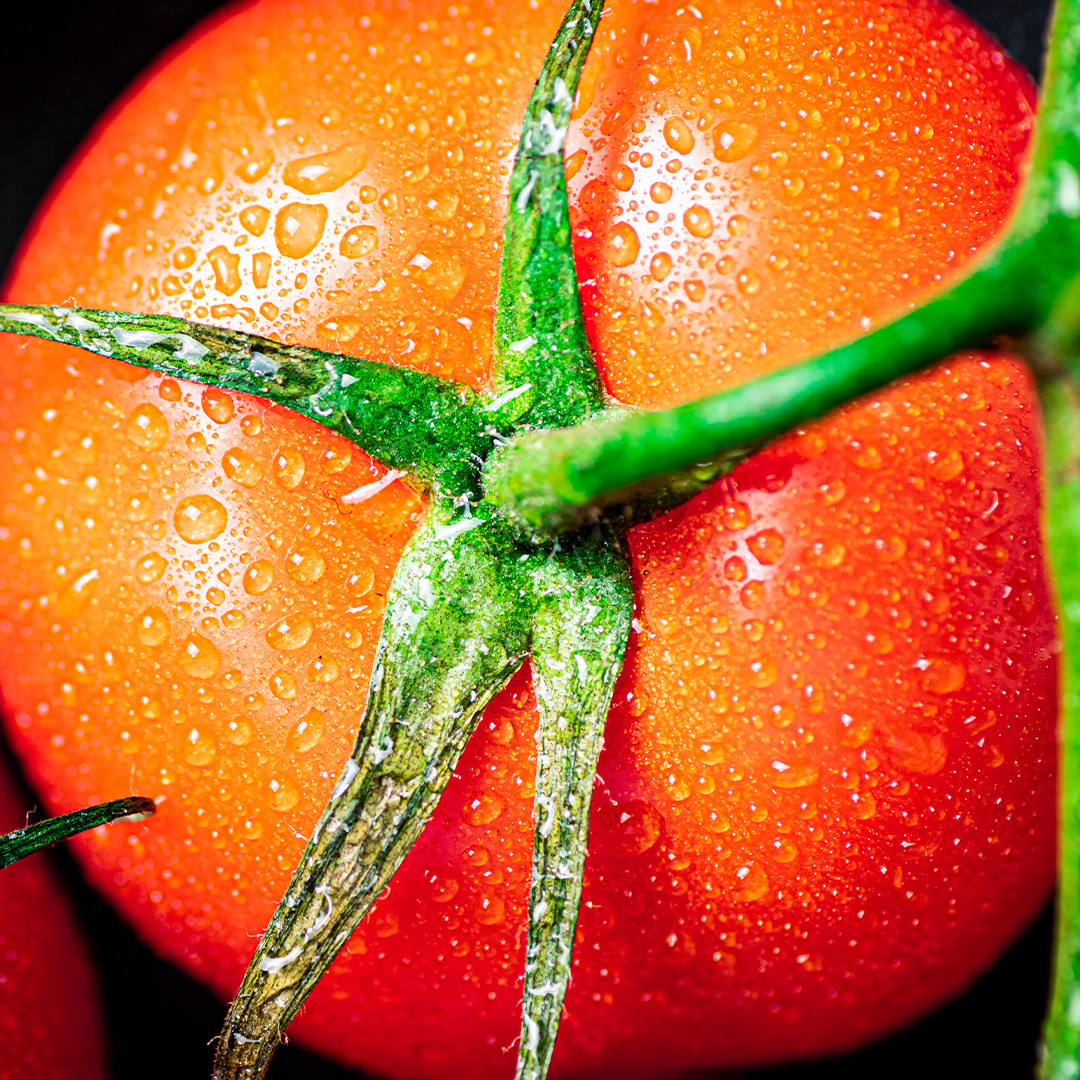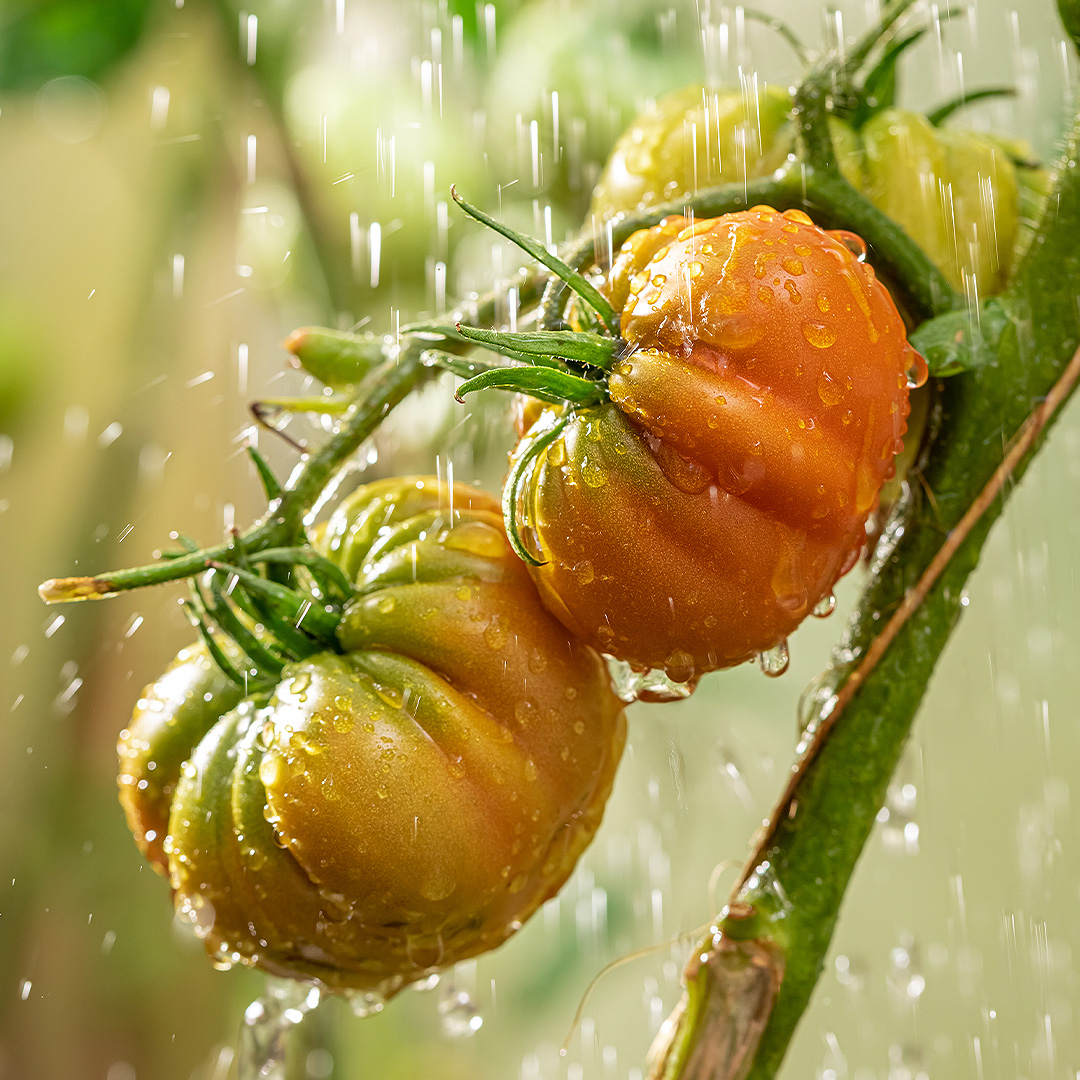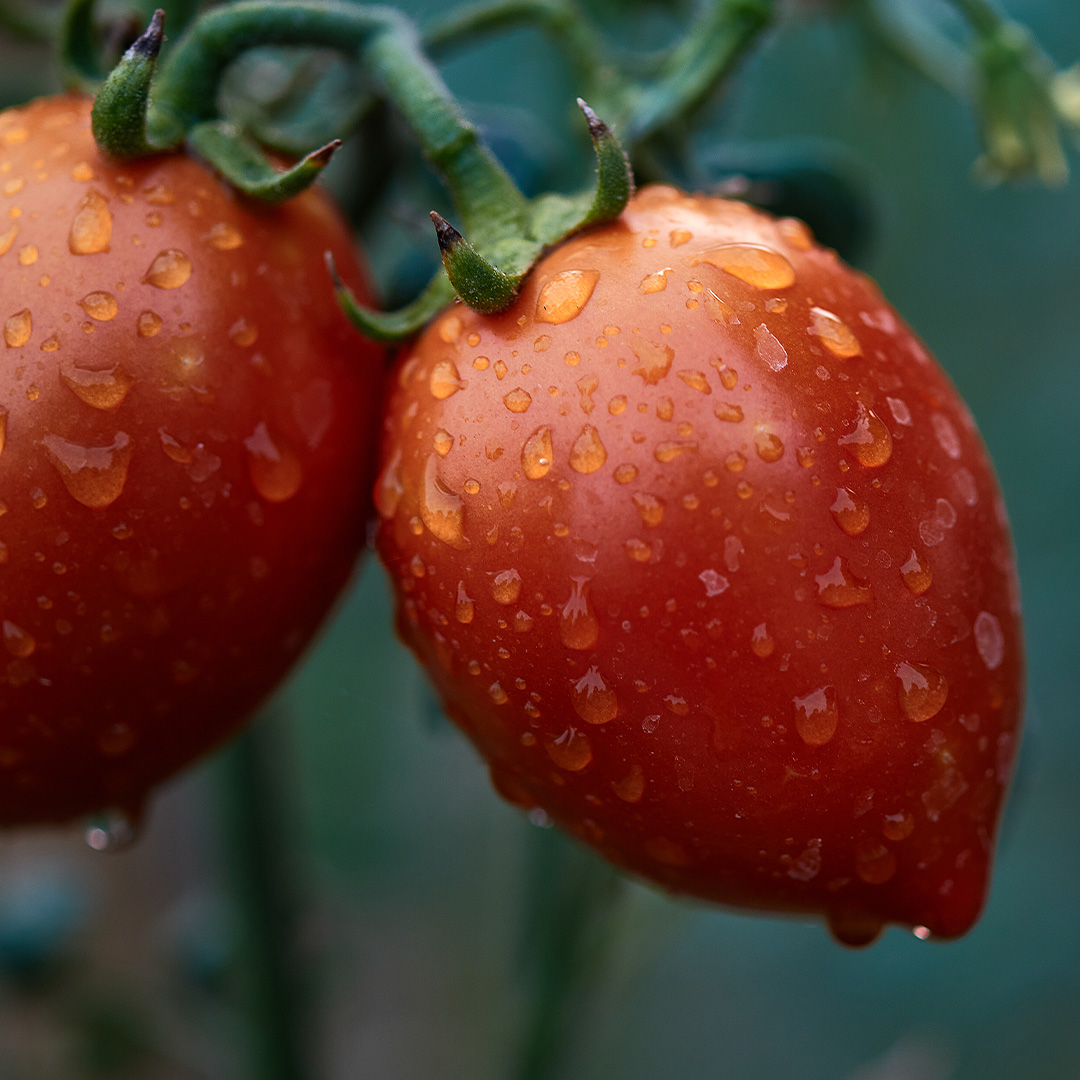Watering tomato plants properly plays a significant role in producing healthy plants with tasty, meaty, juicy fruit. So, what’s the secret to proper irrigation? How can you ensure you water your tomatoes the right way?
Root Zone Location
Always water tomatoes at the root zone. Never water your tomato plant from overhead. Watering directly at the soil level strengthens the plant’s root system. This method ensures maximum moisture reaches the roots.
When you water from overhead, much of the water evaporates before reaching the soil. Water droplets on plant leaves act as a magnifying glass. They can burn tender plant tissue and damage essential foliage. Water dripping from leaf to leaf spreads disease and can infect an entire crop.
Keep plants away from lawn sprinkler systems to avoid inappropriate irrigation. This prevents accidental overhead watering that damages your tomatoes.
Speed and Technique
Slow watering distributes moisture properly to tomato plants. Allow water to drip slowly into the soil. This gives plant roots time to absorb moisture effectively. A drip system works best and helps conserve water.
Avoid using a handheld hose. This method makes it easy to underwater or overwater plants. Water to a depth of 8 inches. This ensures all roots access adequate moisture.
You can use a watering reservoir for controlled irrigation. Try a gallon jug with several small holes in its bottom. This slowly waters plants without flooding the root zone.
Frequency Schedule
Regular watering schedules produce the healthiest, most productive tomato plants. Water consistently to grow larger fruits. Consistent irrigation prevents split and cracked fruit and blossom end rot.
Water tomatoes 2-3 times weekly during peak summer. Increase frequency when natural rain lacks. Deep soaking rain counts as watering. Adjust supplemental irrigation when Mother Nature helps with watering chores.
Let the top inch or two of soil dry between waterings. This prevents plants from getting too much moisture.
Seasonal Adjustments
Several situations require adjustments to where, when and how much you water tomatoes. Changes in local rainfall affect your irrigation schedule. Increasing spring or summer rains require less supplemental watering. Sudden storms or unexpected droughts need watering adjustments.
Plants need more water as they grow and produce more fruit. Increase irrigation to meet the plant’s needs. This keeps plants lush and healthy throughout the growing season.
Monitor your plants regularly for signs of water stress. Wilting leaves indicate insufficient water. Yellow leaves may signal overwatering.
Understanding the basics of proper tomato irrigation keeps your plants well hydrated. You can avoid both overwatering and underwatering. Both conditions prove disastrous for your tomato crop. Follow these guidelines for healthy, productive tomato plants all season long.



